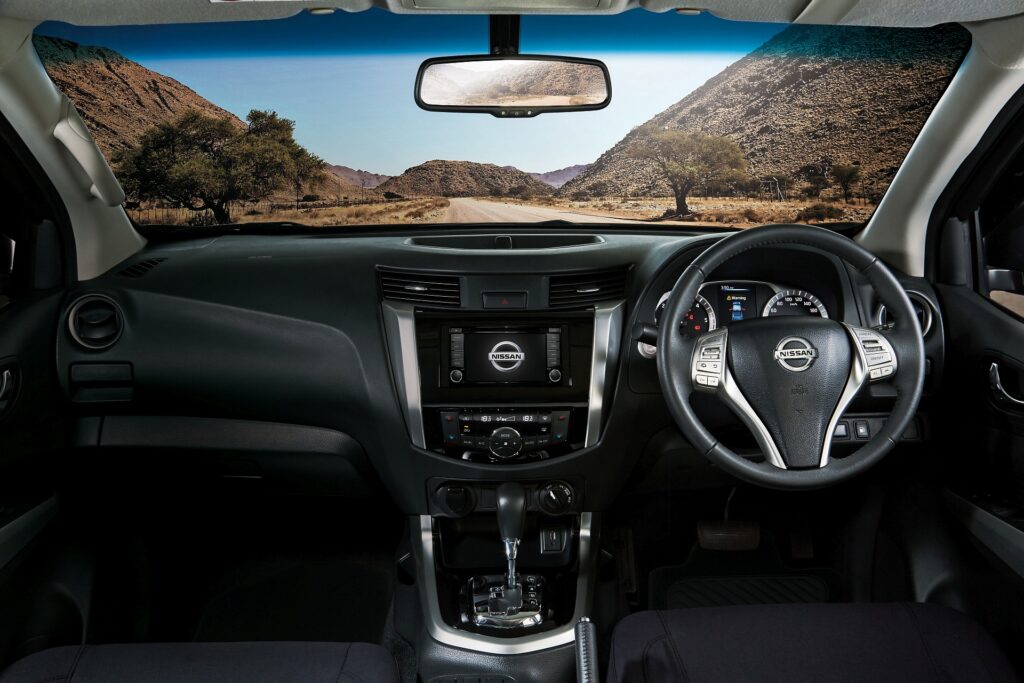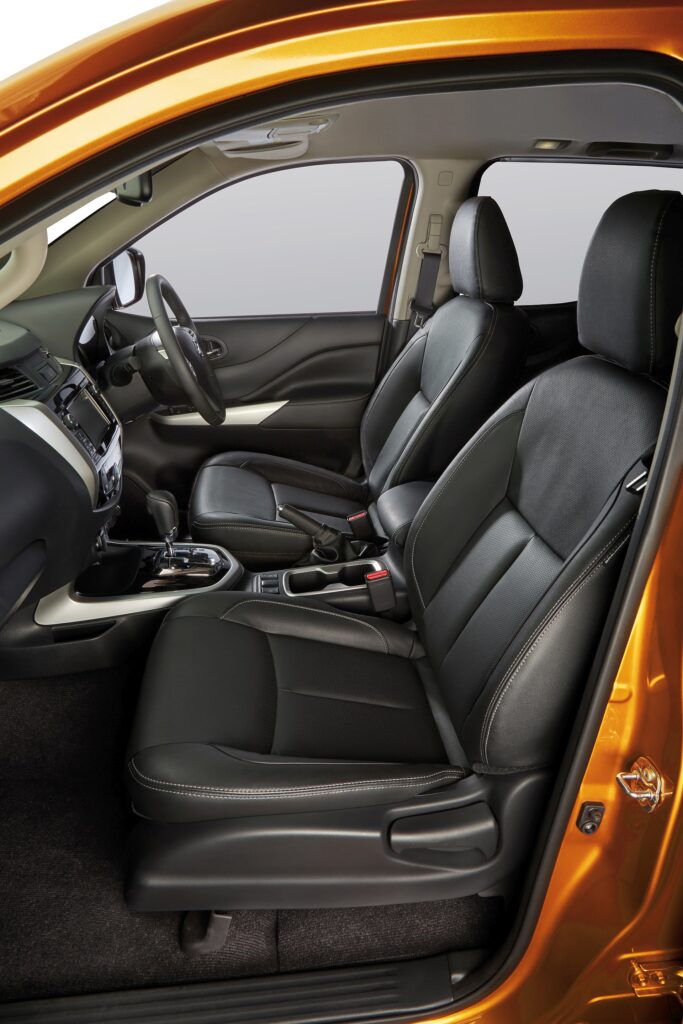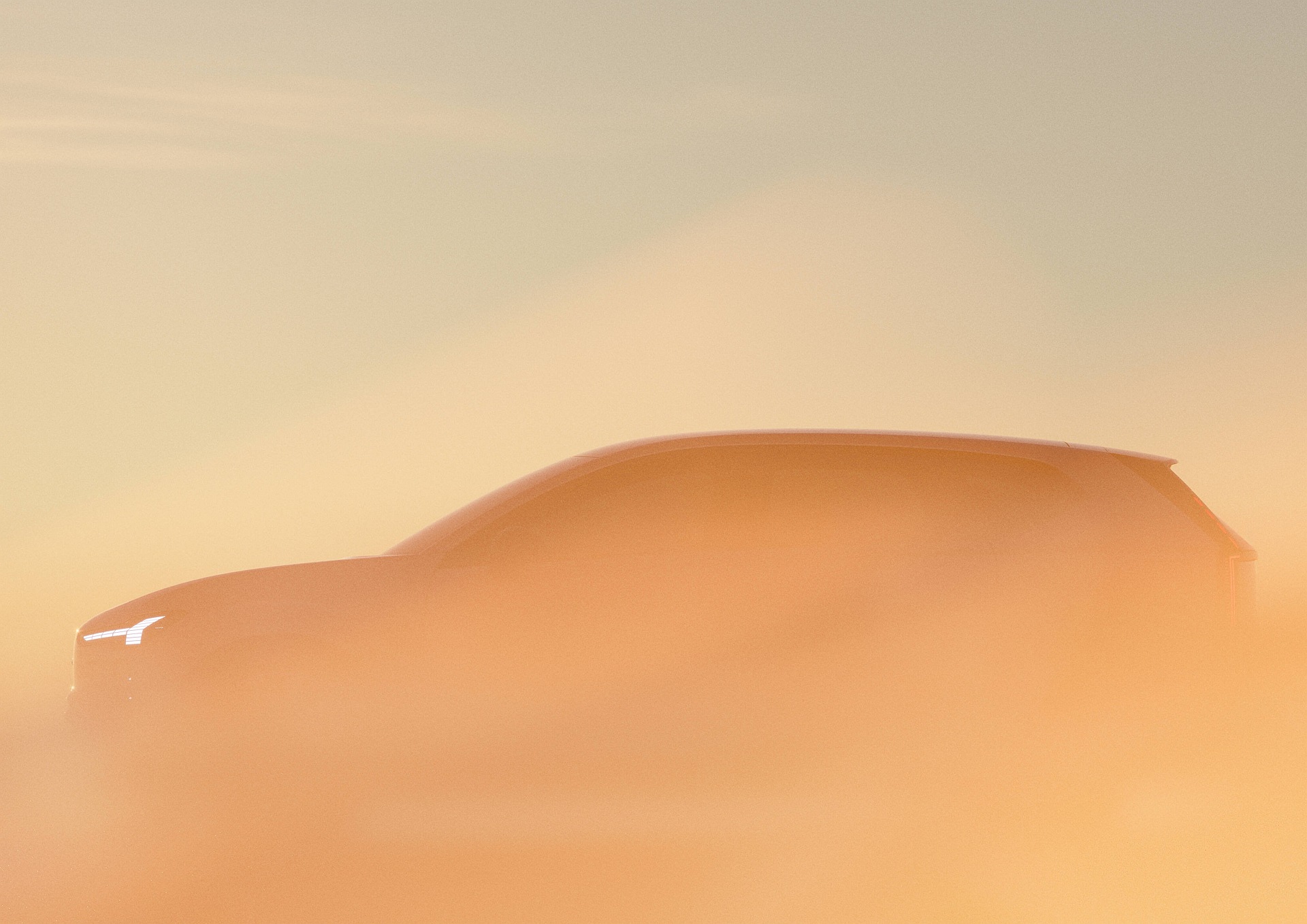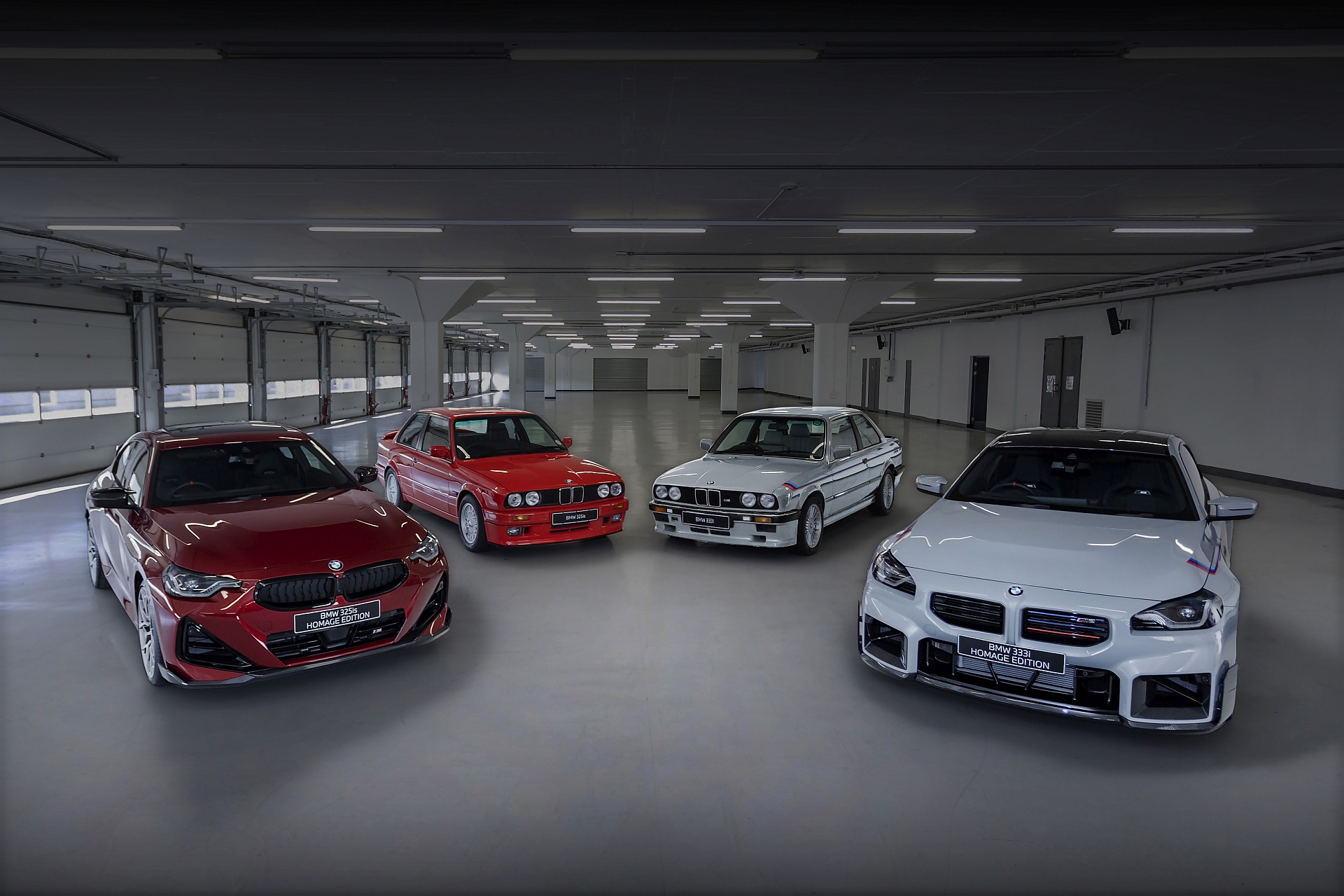What is heritage? In this particular case, it is 14 million units produced and sold in 180 countries by Nissan since 1934. I was shocked to find this out as I was under the impression the other Japanese brand (Toyota of course), championed this market segment.


It was in 2005 when Nissan introduced the Navara brand, and it went on to be quite a popular bakkie, not just an alternative. I can recall the 2.5Tdci high power output motor was one of the most powerful at the time, with a staggering 140kW of power, and 450Nm. Nissan also availed a more humble 106kW/356Nm version for those who deemed all the extra power not be necessary. The range-topping 4.0-litre V6 petrol was just overkill if you ask me. Still, it was hugely popular with tow truck operators. Heck it still is.
So how do you improve on that in a segment dominated by the Toyota Hilux, and [more recently], Ford’s Ranger?
March 13, 2017 marks the dawn of a new era for Nissan. This is when they launched the all-new Navara to the local media contingent, introducing several innovations for the brand as well as the prized model itself.


To start off with, the aesthetics are immensely improved, internally and on the exterior. The bonnet has bulges on either side that look like muscular shoulders when viewed from the cabin. The new Nissan Navara double cab is the only bakkie offered with LED headlights as standard, and they are well-incorporated into the grille. The front bumper air intake may look small however it serves a purpose. These small details form what the Nissan design team call the V motif. The side profile is mainly dominated by beefed-up wheel arches and the trapezoidal window form. The LE spec’s 18-inch polished alloy wheels fit the pickup very well. The tailgate offers an industry segment first; a tailgate wing. Over all, it may very well be the best-looking bakkie on our roads right now.
I spent most of my time with the LE on launch, keyless entry and push start button are some of the first features one notes. The leather seats (with a R13 000 heating option) set the tone. The driver’s seat itself can be electronically adjusted, while both front seats feature something called Spinal Support, which is said to reduce fatigue over long journeys. The dashboard is made of good quality materials, and the centre console is neatly consolidated into it. The split-zone air conditioning is what takes most interest as it paired to rear air vents for superior cabin comfort. The multi-function steering is wrapped in a leather feel material; the use of the various buttons did prove daunting at first though. The navigation infotainment system is standard across the range. One of the easier one to operate as well, it does look a little after-market though. The cabin is quite comfortable and even had an industry-first powered rear sliding window. The button could be better placed though.
The new Navara is 176kg lighter than its predecessor, it boasts an all new powerplant; this 2.3-litre twin turbo charged diesel engine is the sole engine offered in the range. It generates 140kW of power and 450Nm of torque. It is either mated to a manual 6 speed gearbox, or a Nissan-first 7-speed automated unit. The manual shift felt dated and inaccurate at our first drive, while the automatic proved the better choice for ultimate comfort and better fuel consumption. Even in 7th gear in manual mode the torque surge is impressive. In comparison to competitors it punches well above most 2.0-litre 4 potters out there. The delivery of the power is linear if not near perfect for a diesel. This does not take anything away from the superb fuel figures even though we were nowhere near the claimed 6.5L/100km. Our best was 9.8, then again we were doing some spirited driving on the Northen Cape roads. Blame it on the fun motor. What is evident is this 80 litre fuel tank can do 1 000km if not more when driven in a humane manner.
How is the Navara drive? Sublime, on just about any terrain. The 5 point rear coil suspension is magnificent; watching it work is truly magical. Driving behind one on the sand dunes of Lamberts Bay, I witnessed something truly mesmerising. This translates to unbelievable comfort on the road, with superb handling characteristics when dealing with the twisty bits. As a solid off-roader, it delivers in bucket loads, thanks to several improvements on approach angle, lateral tilt angle of 50 degrees and ride height with ramp over angle of over 25 degrees. Dealing with hill declines is made easy via Hill Descent Control. You can also shift between 2H and 4H while driving, which makes the experience even more fun.
Now to work stuff. The new Navara load capabilities have been improved from its predecessor, with the towing capacity now at 3 500kg (braked), payload is over a 1 tonne with 39kg deficit to the automatic gearbox.
Nissan has launched the Navara with two options; the lower level SE manual, or higher specification LE in manual or automatic. I am sure those with workhorse interest are asking “where is the single cab”? Well that will be introduced at a later stage.
To conclude, the new Navara comes with a comprehensive list of standard features and kit, making it a valuable proposition in a highly competitive segment. It is as good as it gets. It certainly gets my vote on several key issues of importance.
New Nissan Navara Prices
Double Cab SE manual – R514 900
Double Cab LE manual – R565 900
Double Cab LE automatic – R597 900
The 4X2 double cab range will be available in the last quarter of 2017, with prices ranging from R450 000 to R520 000.



